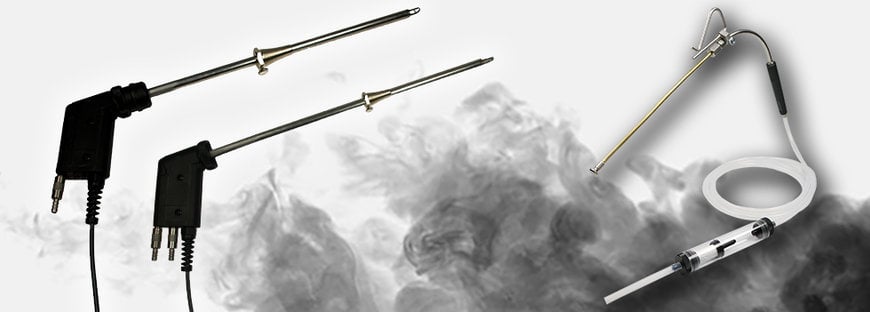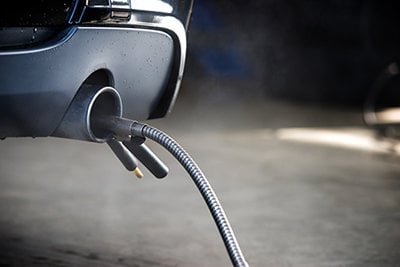www.ptreview.co.uk
25
'21
Written on Modified on
IN WHICH AREAS ARE FLUE GAS PROBES USED?
The topic of climate change and environmental protection is omnipresent. Due to the increasing number of problems caused by too many emissions, we are now confronted with the issue of emission protection in every situation in life.

In order to keep emissions as low as possible, the federal government has introduced a law. This ordinance for the implementation of the Federal Immission Control Act, abbreviated to BImSchV, is an ordinance in which the corresponding emission limit values for all equipment and systems and other guidelines/specifications are specified. In order to check the corresponding limit values in an application, a measuring probe is required in addition to an evaluation device. A distinction must be made here between flue gas probes (fire systems) and exhaust gas probes (motor vehicles).
Systems
Regardless of whether it is about heating itself, or the generation of electrical energy, steam, how water and also the incineration of waste and old materials: Combustion systems are indispensable in industry and building technology. But this also means that there is an unbelievably large number of different incineration plants, different types of plants with different fuels and emission levels, which have to be monitored by different flue gas probes.
The systems must be efficient and economical for both the operator and the legislator. This saves you money, time and emissions. To ensure this, regular monitoring is recommended and sometimes even a requirement. The measurement takes place in the direct exhaust gas flow of the chimney to ensure compliance with the limit values.
Depending on the system, different limit values must be observed, which are checked using the appropriate flue gas probe and an evaluation device. The spectrum ranges from simple temperature and gas measurements to temperature, gas and pressure measurements and combined temperature, gas, pressure and soot measurements. The temperature is measured in ordert o be able to ensure gas extraction at the hottest point. Only then does the sampling comply with the guidelines and can be recognized as an official limit value measurement. The pressure can also be measured in ordert o determine the flow velocity in the chimney draft.
Various probe tube designs, partially separate pressure and gas paths and various accessories support in order to obtain the exact measurement results.
The exhaust gases contain i.a. CO2, CO, oxides and soot particles. These favor climate change and are both environmentally damaging and hazardous to health. Monitoring the combustion process with the help of a professional flue gas probe helps reduce emissions and thus protects the environment, ensures the most efficient use oft he system and compliance with the legally prescribed limit values.

Vehicles
The proportion of registered cars on German roads is increasing every year and road traffic is one oft he main causes of air pollution in our cities. The car manufacturers are therefore obliged to comply with exhaust emission limits and to develop and produce them according to the relevant specifications. In order to be able to control these limit values both in the development and production of the vehicles as well as in the subsequent continous use by the end consumer, sensitive measurement technology is required that can precisely measure the exhaust gas values.
Since 1985, exhaust emissions testing has been mandatory for all motor vehicles in Germany at regular intervals. Today this measurement is part of the main inspection which is carried out around 24 million times a year. Thus, for over 30 years, emissions testing has contributed to the fact that vehicles with abnormal emissions can be discovered and repaired quickly, easily and inexpensively.
In the emission test, a measuring probe (exhaust gas probe) is inserted into the exhaust of the vehicle and a measurement is carried out when the engine is warm. What exactly is measured depends on the engine and the vehicle’s emission control system. In petrol engines, the CO (carbon monoxide), HC (hydrocarbon), O2 (oxygen) and Nox (nitrogen oxide) values are measured at increased engine speed while idling. These values may only occur in specified quantities in the exhaust gas. In comparison, the density of soot particles is measured in diesel engines, as these are mainly produced in diesel engines and must therefore not exceed a specified value. The measurement takes place with free acceleration.
www.bb-sensors.com

